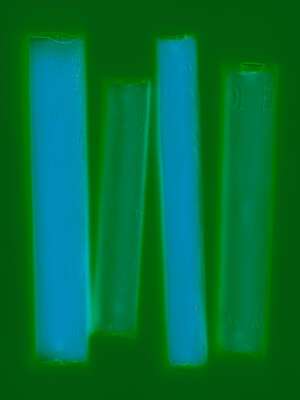
Photography – still life








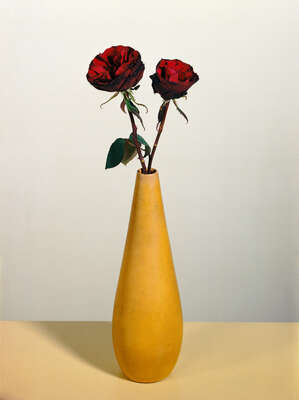





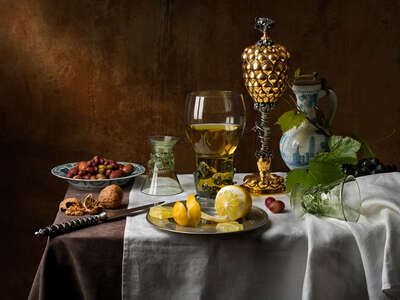





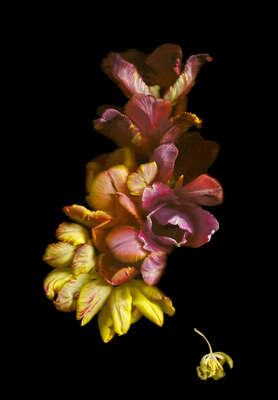





























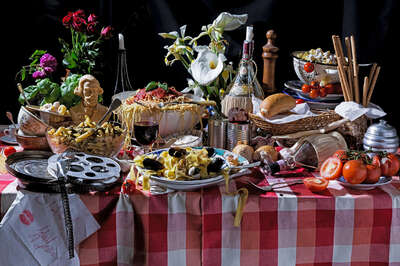



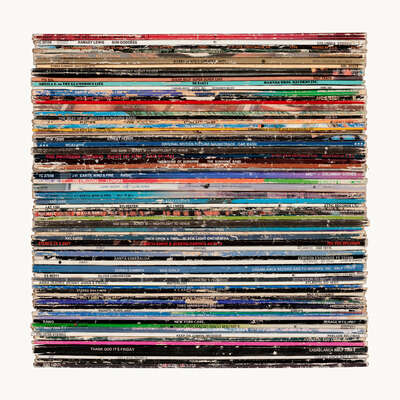















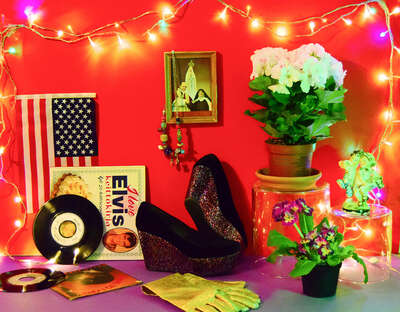























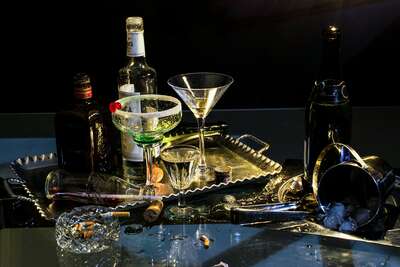









Still Life Photography at LUMAS
Still life as a genre of art has fascinated people for centuries. Whether in painting or photography, ‘still life’, i.e. the meticulous composition of various everyday, inanimate objects, is thought-provoking. LUMAS is pleased to offer the ‘art of silent representation’ in the form of high-quality still life photographs in signed and numbered editions for your home.
LUMAS is the world's leading gallery for photographic art, and for good reason! By combining cutting-edge technology and traditional methods, our production partner Whitewall delivers award-winning, gallery-quality results, fuelled by a passion for great art, quality finishes and satisfied customers. Always produced to the best industry standards – our limited editions are recognised worldwide by the art market and our loyal customers. As a four-time winner of the international TIPA Awards, Whitewall also officially holds the title of ‘Best Photo Lab Worldwide’. Now that's quality you can trust!
Still Life Photography & Art: A short history
Still life art has existed since the 16th century – the paintings often depicted gifts for guests such as crockery, flowers, food or writing utensils. At the beginning of the 17th century, still life gained importance as an art genre in its own right. In Holland and Flanders in particular, paintings of increasing significance were produced that actively encouraged the viewer to engage with the subject matter.
In Germany, the genre only became popular in the mid-18th century. In the so-called 'Vanitas' still lifes, certain motifs were repeated; juxtaposing the seemingly enduring value of a splendid life with the transience of everything earthly. The compositions depicted precious objects such as instruments, books, jewellery and coins together with skulls, withered plants, hourglasses and broken glasses. Still-life art can be a celebration of the material joys of life, or conversely a ‘memento mori’, expressing the temporality of human life and material pleasures.
The origins of still-life photography trace back to the early 20th century and pioneers like Baron Adolf de Meyer. De Meyer utilised darkroom techniques and soft-focus lenses to create photographs that resembled drawings, a style that was fashionable at the time. Emil Otto Hoppé, a distinguished British photographer known for his portrait and travel photography, also made significant contributions to still-life photography in the 1920s.
Fast-forward to the 21st century and artists such as Kevin Best, bring a modern twist to Baroque still-life grandeur. His still life photography captures the atmosphere that must have reigned in his forerunners’ ateliers. With meticulousness and a love of detail, Best quotes Dutch still life painters from Holland and Flanders – in particular Pieter Claesz, David Bailly and Willem Kalf. He interprets the Old Masters in a modern manner. At first glance his compositions have the same effect as those of the Old Masters, but a closer look reveals the image as photographic, modifying the traditional mode of observation with an ironic twist.
At the other end of the spectrum, we have still life photography such as 'reggae dub v2' by Hill & Dale. This Canadian photographic duo's work draws heavily on pop culture and nostalgia for analogue media, showing carefully composed stacks of vinyl records.
Their photographic compositions usually focus on the material and tactile nature of these old media, which they translate into new visual forms. At the same time, the viewer is confronted with a highly sensitive spirit of the past. On the one hand, Hill & Dale create entirely new and autonomous works of art; on the other, these works unleash powerful memories and feelings of nostalgia. As timelessly obsessed fans of music, one of their evocative series explores their earliest sources of inspiration: vinyl.
